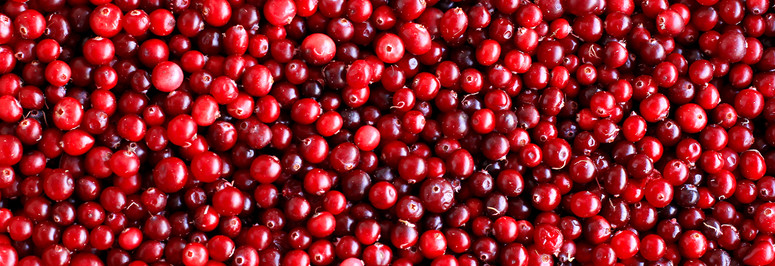Know Your Nutrients: Cranberry
Posted by Amanda Hawkinson on Jul 26th 2012
Known by many names, cranberry is a small, evergreen shrub that grows throughout North America. Primarily, cranberry is used for preventing and treating urinary conditions (specifically urinary tract infections), and it has a long history of use among Native American Indian tribes.
Cranberry juice and extracts are used as medicine. Cranberry is also used for neurogenic bladder, a bladder disease that affects the control of the bladder due to nervous system damage. Plus, it helps to deodorize urine in people with urinary incontinence. Other common uses of cranberry are to increase urine flow, kill germs, speed skin healing, and reduce fever.
Some even use cranberry to treat type-2 diabetes, chronic fatigue syndrome (CFS), scurvy, inflammation of the lining around the lung (pleurisy), and cancer. But how does it work? An old theory indicates that cranberry makes the urine acidic and, therefore, unlikely to support the growth of bacteria. New research, however, believes that some of the chemicals in cranberries keep bacteria from sticking to the cells that line the urinary tract so they cannot multiply.
Cranberry, like many other fruits and vegetables, contains a significant amount of salicylic acid (this is an important ingredient in aspirin). It is believed that drinking cranberry juice regularly will increase the amount of salicylic acid in the body, which can reduce swelling, prevent blood clots, and can have antitumor effects.

